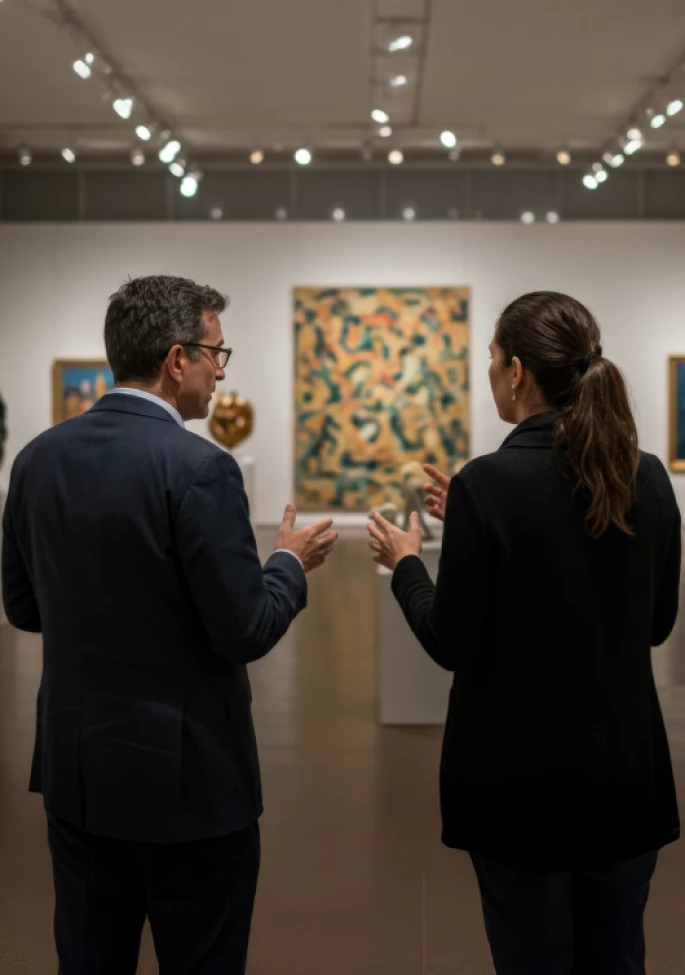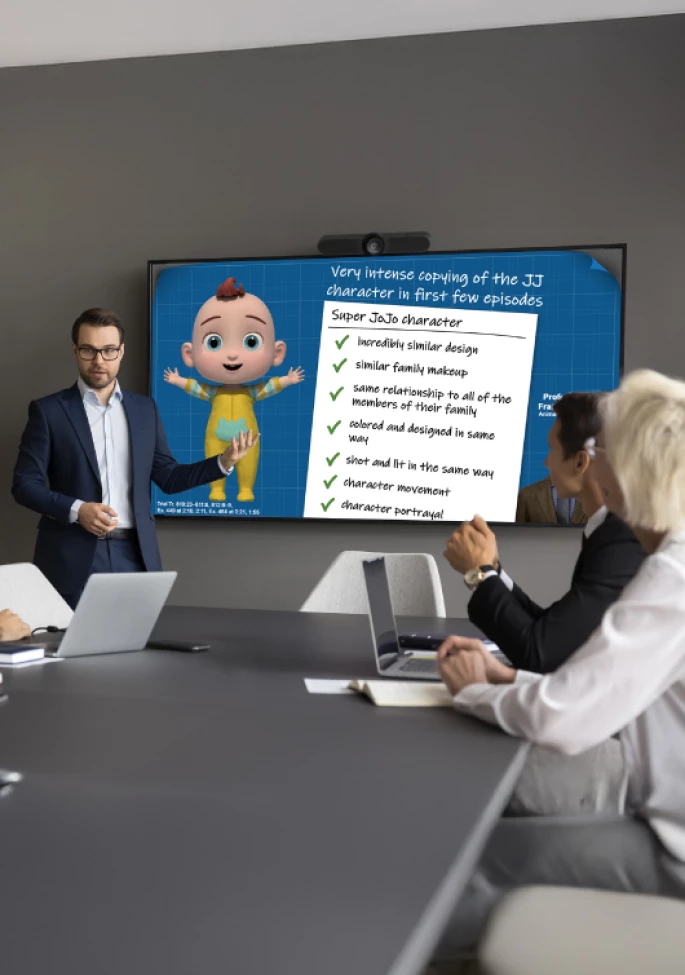It is important to use voir dire as a tool for identifying your worst jurors while hiding your best jurors. Eliciting bias and obtaining cause challenges should be the primary objective. Even if cause sequencing is ineffective and jurors ultimately say they can set their beliefs aside to be fair and impartial, eliciting these biases will identify the riskiest jurors as potential strikes and enable you to prioritize your peremptory strikes for your most dangerous jurors.
Limit Questions Aimed at Pre-Conditioning
While some questions during the voir dire process may aim to instill your themes, help jurors see the case from your client’s perspective, and seek commitments to follow the law, this technique—known as pre-conditioning—should really take a back seat to the questions that are the heart of voir dire: those designed to reveal juror biases.
Pre-conditioning or suggestive questioning could have a slight impact in shaping jurors’ later thoughts and decisions—a psychological principle known as priming—but the suggestive influence of an attorney’s questions at this stage is actually quite limited. For one, jurors know very little about the facts or arguments that will be at issue, and most believe it is unlikely they will be chosen for the jury (we have all seen the looks of surprise and disappointment when a juror learns they have been selected). Therefore, they are not invested enough at this early stage to be paying attention to how the questions relate to the case. Secondly, the decision you are aiming to influence, their verdict, is so far beyond the point of voir dire that any priming effects are likely to fade away. Indeed, empirical research shows that priming effects are strongest immediately following the suggestion stimulus, but the effects fade substantially over time. Thus, when there is limited time for voir dire, we recommend focusing on questions that reveal juror bias instead of those that aim to pre-condition.
Put Jurors at Ease
Making jurors feel comfortable opening up to you is the first step to getting them to speak candidly about their biases. In jurisdictions with liberal attorney voir dire, one technique for putting jurors at ease is to provide a little personal information about yourself, to the extent permitted by the judge, within an example about acceptable bias. For instance, counsel might mention that he coaches his daughter’s soccer team, and even though he generally considers himself a fair person, he could not be a completely fair and impartial referee if he were asked to officiate the league’s championship game. An example such as this humanizes the attorney while also illustrating that bias is perfectly acceptable in some situations—and being a referee is not all that different from being a juror. The attorney can then get jurors to loosen up by asking them to talk about situations outside the courtroom where they might have difficulty being fair.
Explain Bias in a Courtroom
In addition to providing examples of everyday biases, attorneys should let jurors know that having difficulty being fair and impartial in this case does not make them unfair people. We are all fair people and can be great jurors, but this might not be the case for you. Likewise, it may be helpful to let jurors know that they will not offend you or your client if they have negative opinions to share (“I’ve heard the lawyer jokes—trust me, I have thick skin.”)
Keep the Client Out of the Courtroom
As much as your client may want to watch the jury selection process, it is best to keep them out of the courtroom during the juror questioning. While they might not be worried about offending a lawyer, many jurors are reluctant to say negative things about your client or aspects of your case if the client is right there in the room with them. Most people want to be polite, and even those who voice negative opinions may filter or tailor back their real thoughts for fear of sounding offensive or being in the uncomfortable position of saying bad things “to someone’s face.” We recommend introducing your client or the company representative at the start of voir dire but explaining that they will step out of the room to give jurors some privacy while they discuss personal feelings and experiences.
Words Matter
A wealth of research indicates that how a question is phrased can influence the responses that are returned. Therefore, it is important to pay attention not just to the issues you plan to ask about, but how you are going to ask them. For example, to make jurors feel more comfortable responding, ask “How many of you believe…?” rather than “Does anyone believe…” The former implies that this is a normal way to feel and that the lawyer expects there to be several members of the jury pool who feel that way. The latter may imply that this is a rare and unacceptable belief and that the lawyer is trying to single out one or two “bad people” who feel that way. “How” can also be used in individual voir dire, such as “How difficult would it be for you to set aside your sympathy?” Though a juror is perfectly free to respond, “Not at all,” the use of “how” implies that they indeed have sympathy and that it would be difficult—at least to some degree—to set that aside. Not only will the juror be more likely to admit their bias, but these questions also allow them to use their own words instead of merely responding “yes” or “no” to your questions, making them a stronger candidate for a cause strike.
Additionally, empirical research shows that jurors are less likely to say that they “cannot” or are “unable to” do something than to admit that they would “have difficulty with” or “struggle with” it. Similarly, most jurors are reluctant to admit they would “have a problem” with doing something. Therefore, we recommend asking general voir dire questions that use softer language (e.g., “How many of you would have difficulty sending plaintiffs home empty-handed?” versus “How many of you would have a problem sending plaintiffs home empty-handed”).
Keep in mind that people, in general, are more likely to answer questions affirmatively than negatively, so when asking individual voir dire, we recommend phrasing questions such that the desired response—the one that reveals a bias—is a “Yes.” (e.g., “Do you believe that corporations should be held to a higher legal standard than individuals in lawsuit?” versus “Do you believe corporations and individuals should be treated equally in a lawsuit?”)
Body Language Matters
The body language of a person posing a question can also influence the response they receive. For instance, when asking jurors “How many of you believe…” the attorney may want to raise their own hand as a demonstration for the expected response. This not only encourages jurors to raise their hands but again communicates that the lawyer expects at least some jurors to feel that way, thus normalizing the response. Further, during individual questioning, very subtle head nods while asking the question can influence jurors to provide an affirmative response.
Don’t Be Afraid of Juror Responses
One of the biggest pushbacks we receive from lawyers on these techniques is their fear that jurors will say negative things that will influence other jurors. First, recall that priming effects fade with time, so things that other jurors say at this stage are likely to be long forgotten by the time the juror makes a decision in the case. Second, most beliefs, especially strong ones, are deeply engrained and resistant to change. It is hard enough for jurors to change other jurors’ minds during deliberations by providing arguments supported by actual evidence. A juror expressing a belief—often without providing any evidence or facts to support it—is very unlikely to change the opinions or influence the beliefs of others in any way.
The only times we are concerned about jurors spoiling the panel with their response is when they reveal specific knowledge about the case or the client that would be inadmissible and is not known by others. In this rare situation, spoliation can be avoided by prefacing the question with, “Without explaining why or what you’ve heard….”
Final Thoughts
While these general techniques should help you get jurors to reveal their biases—making them targets for cause and peremptory strikes—a jury consultant with experience in similar cases can help you formulate questions that are aimed to reveal the type of biases that are relevant to your case and are indicative of the juror profile that you are seeking to remove from the panel.





